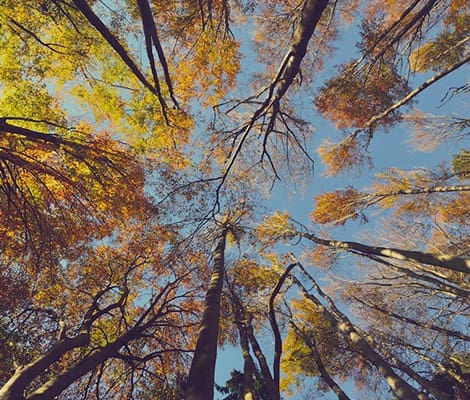EMERALD ASH BORER TREATMENT IN ST. LOUIS
Get the highest quality tree service to improve your property’s health, safety, and appearance. We look forward to working with you!
Get the highest quality tree service to improve your property’s health, safety, and appearance. We look forward to working with you!
Fill out the form to request a free quote ASAP!
The cause of death in most ash trees due to an Emerald Ash Borer infestation isn’t necessarily due to the insects themselves, but their eggs and larvae. The insects lay their larvae inside tree bark, where they feed on the sapwood inside the tree. Soon, there are enough larvae feeding on the sapwood inside the tree that vital water and nutrients are unable to reach upper areas of the tree, eventually killing off the ash tree completely.
If you live in an area where other ash trees have been infested with this quick-spreading tree disease, check your ash trees for the following symptoms:
The method of treatment depends on if an ash tree is displaying symptoms of infestation, or if the tree is still considered healthy.
Insecticide Treatment: There are specific professional grade insecticides available to protect healthy trees from Emerald Ash Borer. When mixed with water, the insecticide is sprayed around the base of a healthy ash tree and carried throughout the entire organism through the root system. Insecticides are most effective from March thru May, but can be used later into the summer months as well. If you find that you are in an infected area, call a tree care professional to complete the task of applying insecticide safely and efficiently.
Trees which have been infected can also be treated with insecticide, but only if there is less than 30 percent dieback of the tree. Treating an infested tree does not guarantee that it will be saved, as the insecticide may not be effective in killing all existing larvae.
Once over thirty percent of a tree has been killed due to Emerald Ash Borer, the best route of action is to completely remove the tree. This prevents the spreading of Emerald Ash Borer to other ash trees in the area, and increases safety by eliminating the chance of weak limbs crashing down. Many homeowners and cities choose to completely replace the ash tree with maple, birch, or other large shade trees with similar characteristics as the ash.
Trees are valuable. By choosing to protect ash trees before they have the chance to get infected can help save you a headache, money, and the environment. Jackson Tree Service can identify Emerald Ash Borer, and decide the best treatment choice for your ash tree. We also offer tree pruning, complete tree care, and tree removal, if necessary; to protect Missouri’s ash trees. Contact a tree specialist today for a free estimate.

Jackson Tree Service has earned a reputation for excellence in tree pest and disease control. Our team is highly skilled in identifying and treating Emerald Ash Borer. Using targeted treatments and environmentally responsible methods, we protect your trees from harmful infestations and infections, ensuring they remain healthy and resilient. At Jackson Tree, we take pride in our attention to detail. We don’t consider the job done until your trees are protected, your property is spotless, and you’re completely satisfied.